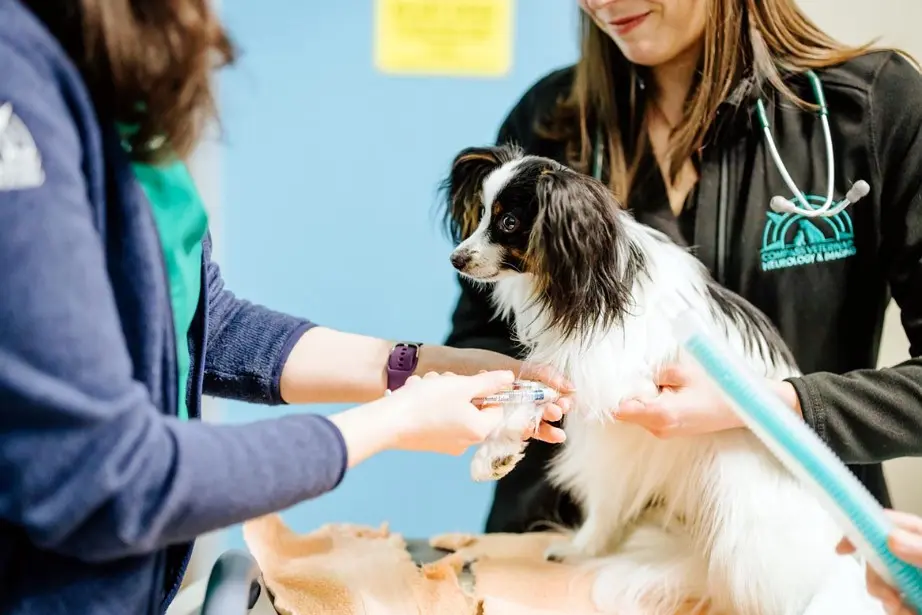Understanding how veterinary neurologists diagnose and treat nervous system disorders can be crucial for pet owners. You might wonder how these specialists handle complex cases. They start by observing your pet’s behavior. Behaviors like unsteady walking or unusual head tilts can signal issues. Then, they use tests such as MRIs or CT scans. These tests help identify problems within the brain or spine. Imagine it as a doctor checking every clue to ensure your pet’s well-being. In Alpharetta, GA veterinarian clinics offer these diagnostic services to ensure precise results. Once the issue is identified, treatments may include medication or even surgery. Each step aims to bring comfort and healing to your pet. You play a key role in this process by keeping track of any changes in your pet’s behavior. This collaborative approach ensures the best possible outcomes for your beloved companion.
Key Symptoms Indicating Neurological Issues
Noticing the right signs can be pivotal for timely intervention. Common symptoms include seizures, loss of coordination, and changes in behavior. Weakness or paralysis in limbs requires immediate attention. Early detection can make a big difference in treatment effectiveness.
Diagnostic Techniques Used by Neurologists
Veterinary neurologists rely on a range of diagnostic tools. These include:
- Physical exams are the first step. They assess reflexes and pain response.
- Imaging tests like MRI and CT scans provide detailed brain and spine images.
- Spinal taps help uncover infections or inflammatory diseases.
These tools allow specialists to pinpoint the root cause of the problem. Each tool offers unique insights into your pet’s health.
Treatment Options Available
Once a diagnosis is established, treatment plans are tailored to your pet’s needs. Choices can include:
- Medication for managing pain or reducing inflammation.
- Surgery to remove tumors or correct spinal issues.
- Physical therapy for recovery and rehabilitation.
Each treatment aims to restore quality of life and alleviate distress.
Comparison of Diagnostic Tools
| Tool | Purpose | Benefits |
| Physical Exam | Initial assessment | Quick and non-invasive |
| MRI | Detailed imaging of brain and spine | High accuracy |
| CT Scan | Cross-sectional images | Detects fractures and lesions |
| Spinal Tap | Analyze cerebrospinal fluid | Identifies infections or inflammation |
Your Role as a Pet Owner
Your observations provide valuable information to the veterinary team. Noting changes in your pet’s behavior or physical abilities can help guide the diagnostic process. This collaboration ensures more accurate results and effective treatment plans.
Resources for Further Guidance
To learn more about neurological health in pets, consult the following resources:
- American Veterinary Medical Association for comprehensive care tips.
- Cornell University Veterinary Hospital for specialized neurology services.
Staying informed can help you make the best decisions for your pet’s health and well-being.
Conclusion
Veterinary neurologists play an essential role in diagnosing and treating nervous system disorders in pets. With careful observation and advanced diagnostics, they provide effective care tailored to your pet’s needs. By working together, you and your veterinarian can ensure the best possible outcome for your furry friend.
Also Read-Vaccinations And Preventive Care: Keeping Pets Protected

